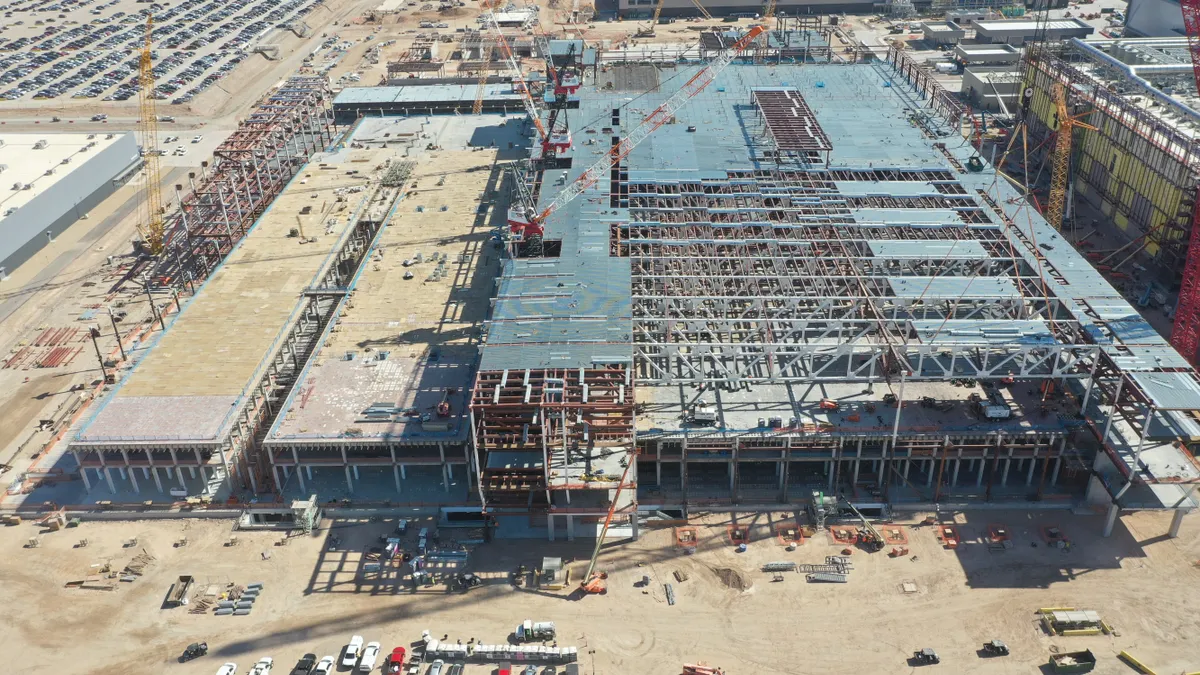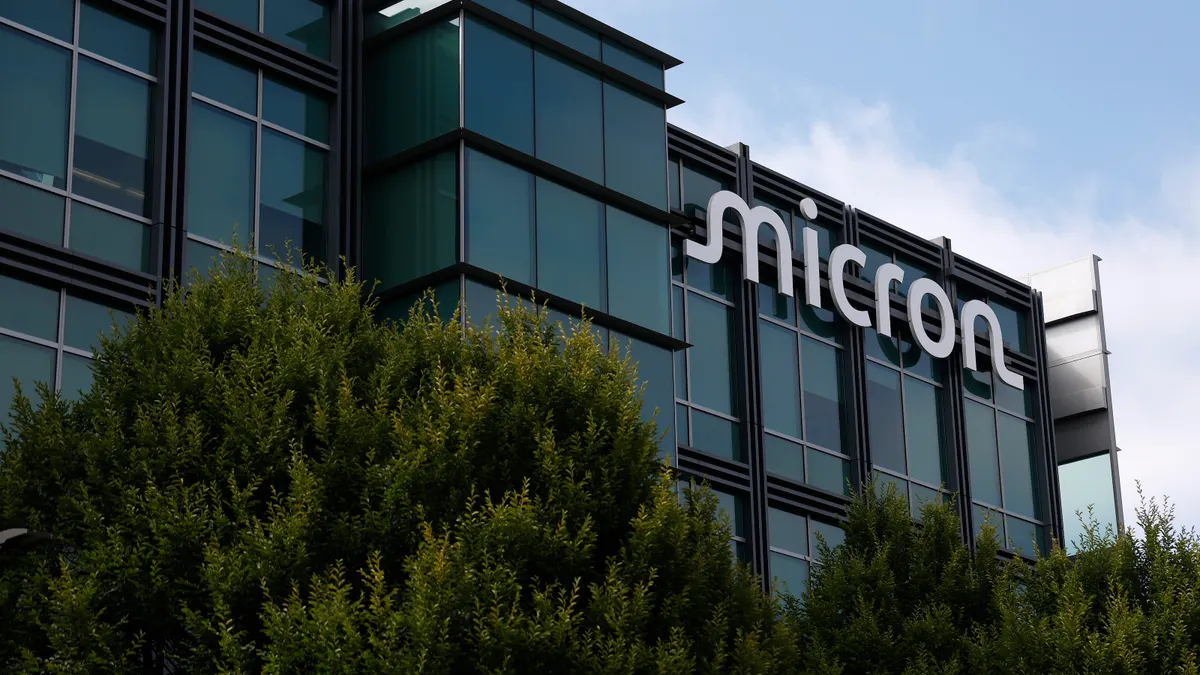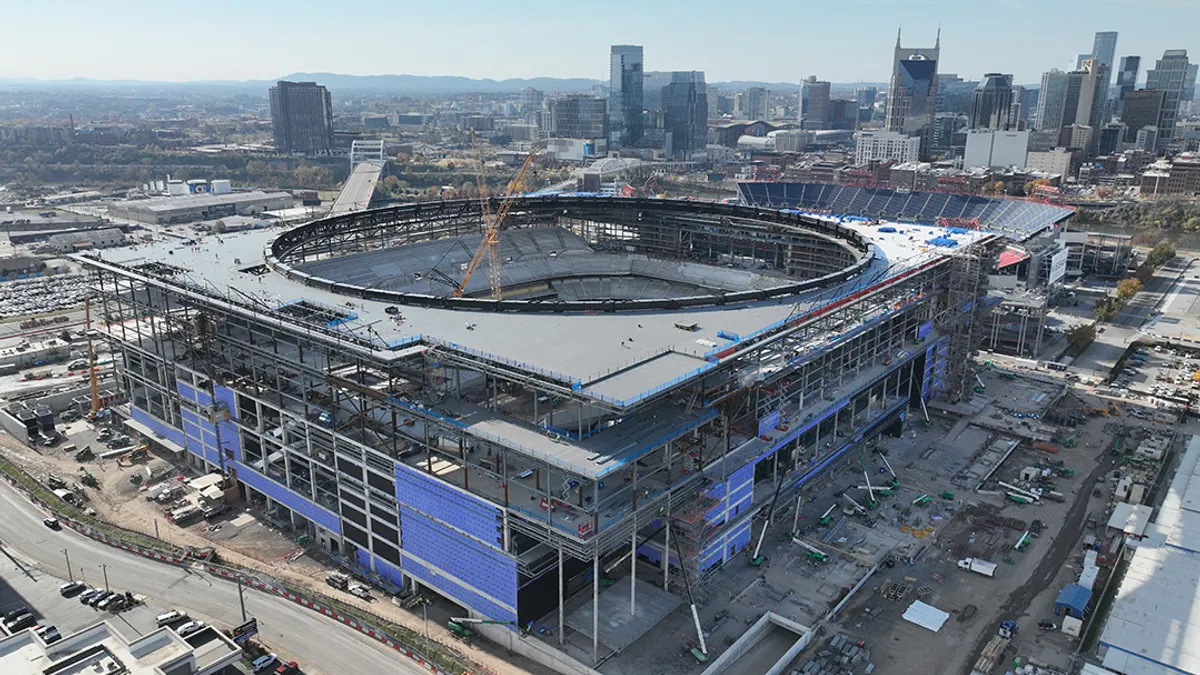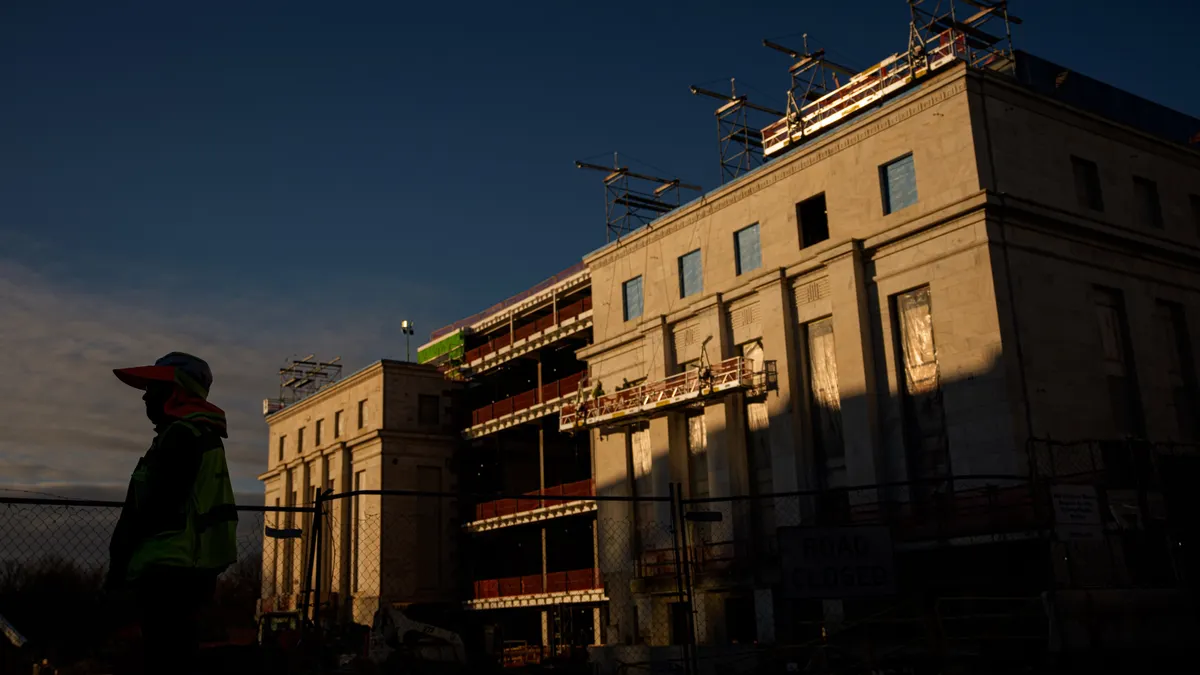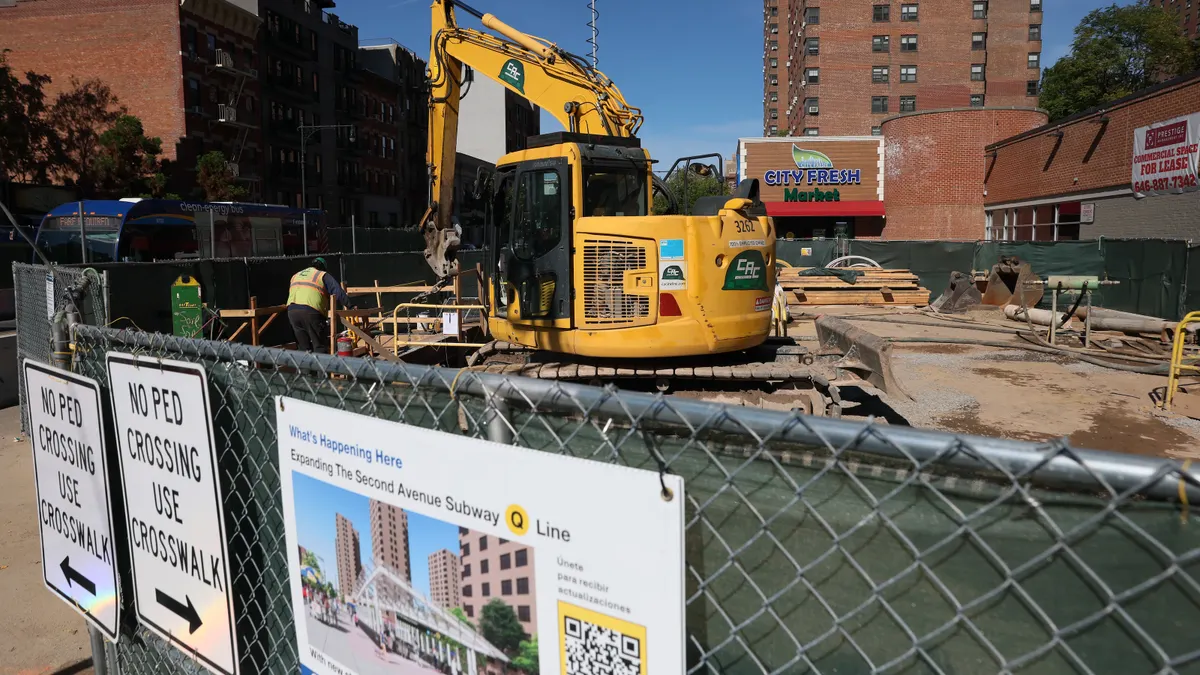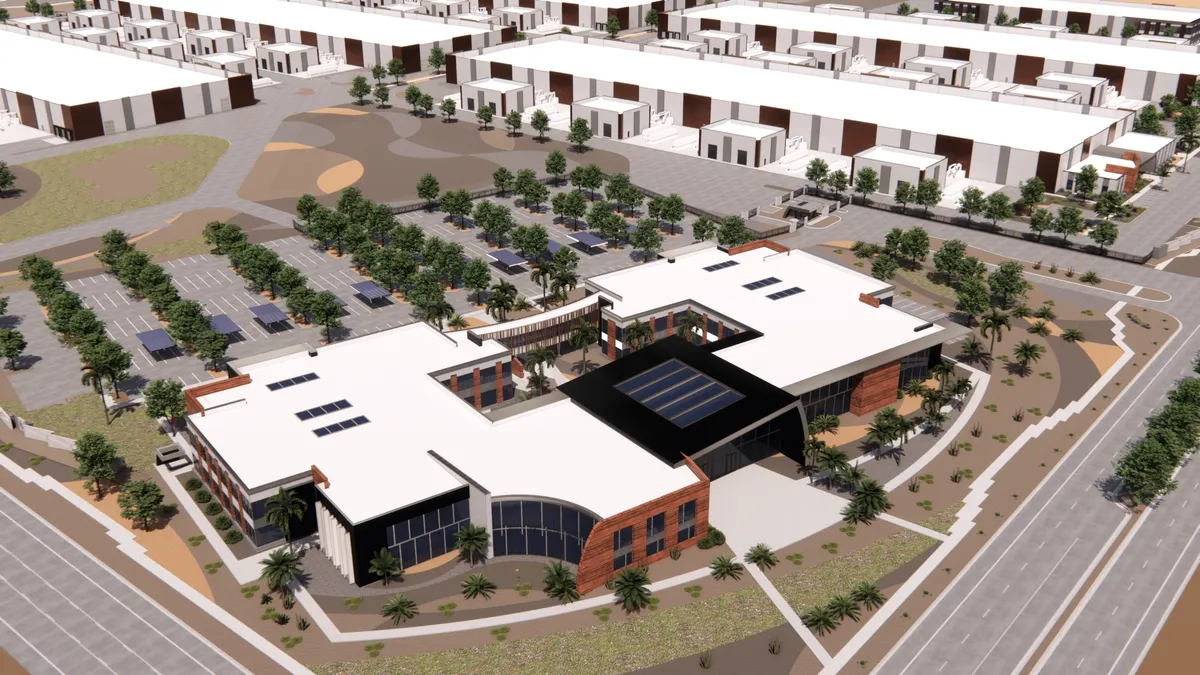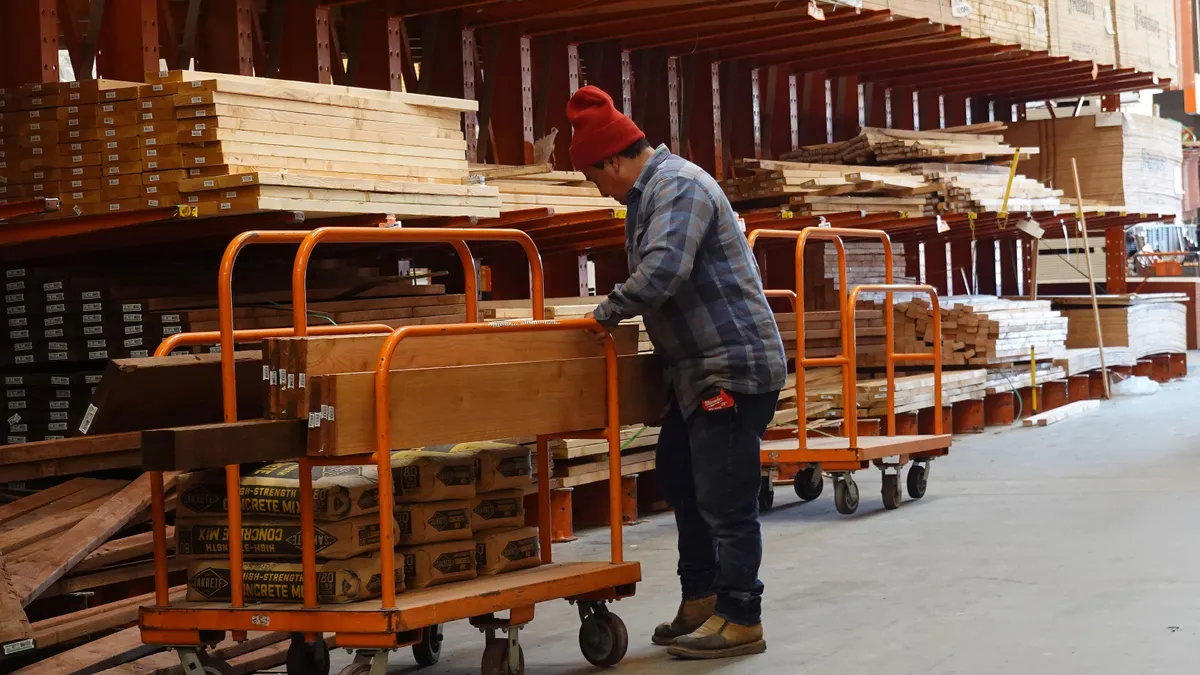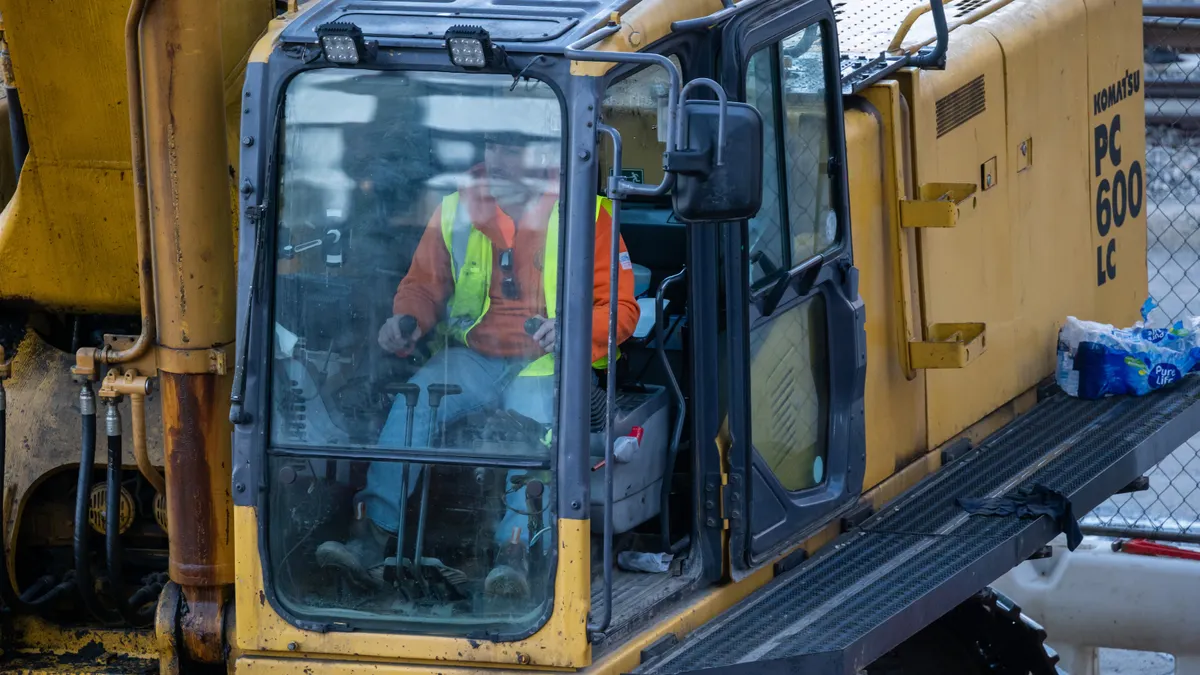Brian Gallagher is vice president of corporate development at Oakbrook, Illinois-based contractor Graycor. Opinions are the author’s own.
I’ll go out on a limb with what may be an unpopular sentiment at the moment: President Donald Trump's economic policies and tariffs may very well help expedite the return of manufacturing to the U.S.

However, they won’t achieve that outcome in a vacuum. While some early investments are underway, widespread movement will likely unfold gradually over time and only when a more comprehensive policy approach takes shape.
Initial investments across industries such as automotive, steel, semiconductors and life sciences do point to a possible reevaluation of the United States as a location for production, not just consumption. Still, beneath the surface of these announcements lies a more nuanced reality: Reshoring manufacturing involves complex, long-term decisions that require significant planning, capital and coordination.
After all, reshoring isn’t a one-size-fits-all solution — its viability depends heavily on the industry, cost structure and supply chain complexity. For some sectors, especially those with low-margin, high-volume products, maintaining global production may remain the most practical and efficient option.
The reason why is because constructing a new, large manufacturing facility is a complex and multifaceted process that, even under optimal conditions, spans 24 to 36 months. This timeline encompasses site selection, design, permitting and actual construction.
Beyond those hurdles, reshoring forces companies to rethink and restructure their entire business. Bringing production back to the U.S. requires careful consideration of sourcing, logistics and distribution strategies to ensure long-term efficiency and resilience.
For many companies, despite these challenges, the ability to manufacture closer to demand while tapping into a highly developed market still may be a compelling factor in long-term strategic planning.
A long-term investment
However, when companies make decisions to invest capital, they want a level of certainty and predictability, not volatility, uncertainty, complexity and ambiguity. Beyond the whipsaw rollout of tariffs thus far, the longevity of the current administration’s policy is still uncertain, regardless of what transpires after an initial 90-day waiting period. That’s because the current administration’s policies can still be modified or repealed by the next president.
For businesses looking to reshore facilities, that’s a nonstarter. Strategic decisions like this require stability, long-term visibility and confidence in both the economic and political landscape.
Given this outlook, most manufacturers who play the long game with their capital — even with the allure of getting access to the world’s richest market — may be hesitant to commit to significant, multi-year investments in this environment.
A big ask
While the intent behind tariffs is to promote domestic manufacturing, the practical challenges and economic realities suggest that a significant resurgence in U.S. manufacturing will be challenging.
Rather than diving in immediately, companies will plan with intentionality and clarity — evaluating how reshoring fits within their broader operational strategies. It’s a complex decision that involves balancing risk, cost and opportunity.
In other words, reshoring manufacturing to the United States is not a sprint that unfolds over the first 100 days of any given administration. It’s a marathon that requires long-term commitment, strategic foresight and consistent support from both the public and private sectors.
The Trump administration’s policies serve as a positive catalyst for reshoring and renewed manufacturing investment, but it’s important to recognize that the initial wave of activity will likely occur on a more modest scale. While tariffs and political rhetoric may spark movement, they alone are not enough for a sustained manufacturing revival.
A broader approach
What’s needed is a more comprehensive industrial strategy pairing targeted tariffs with strong economic incentives such as competitive corporate tax rates and streamlined regulatory and permitting processes.
At the same time, tackling key enablers — like modernizing supply chains, investing in workforce development and adopting advanced manufacturing technologies — will position the U.S. as a global leader in next-generation production.
With the right policy mix and industry alignment, America is well-equipped to lead a true manufacturing renaissance.
The path forward is complex, but with deliberate action and a unified vision, the U.S. has the opportunity to reclaim its leadership in global manufacturing — not just through tariffs, but through a holistic approach and focused execution.
To successfully accelerate reshoring, we must go beyond tariffs. To attract continued foreign direct investment and drive sustained growth in U.S. manufacturing, a more encompassing strategy that looks beyond the next political or election cycle is essential.
It’s only through this type of considered, deliberate approach that America will achieve its next manufacturing miracle, one that will last far longer than the current political cycle.


